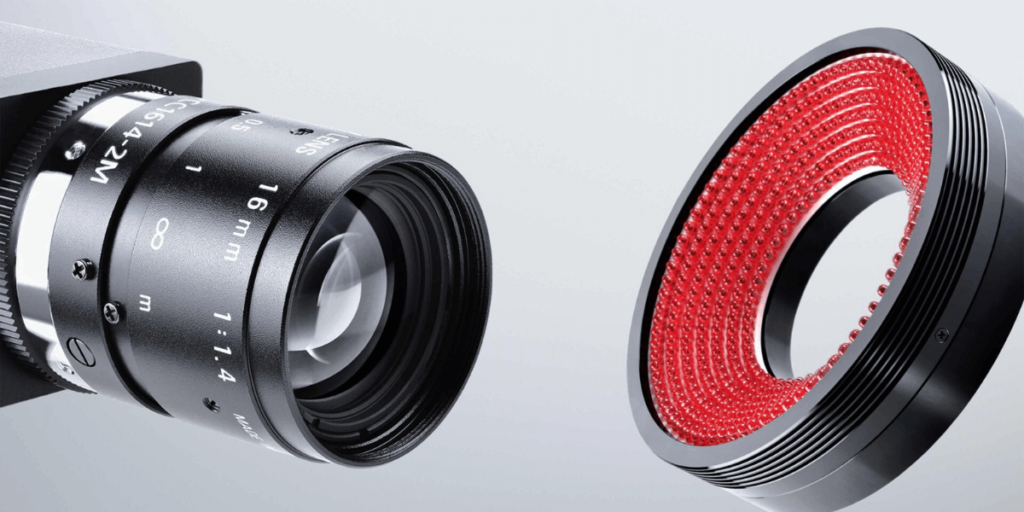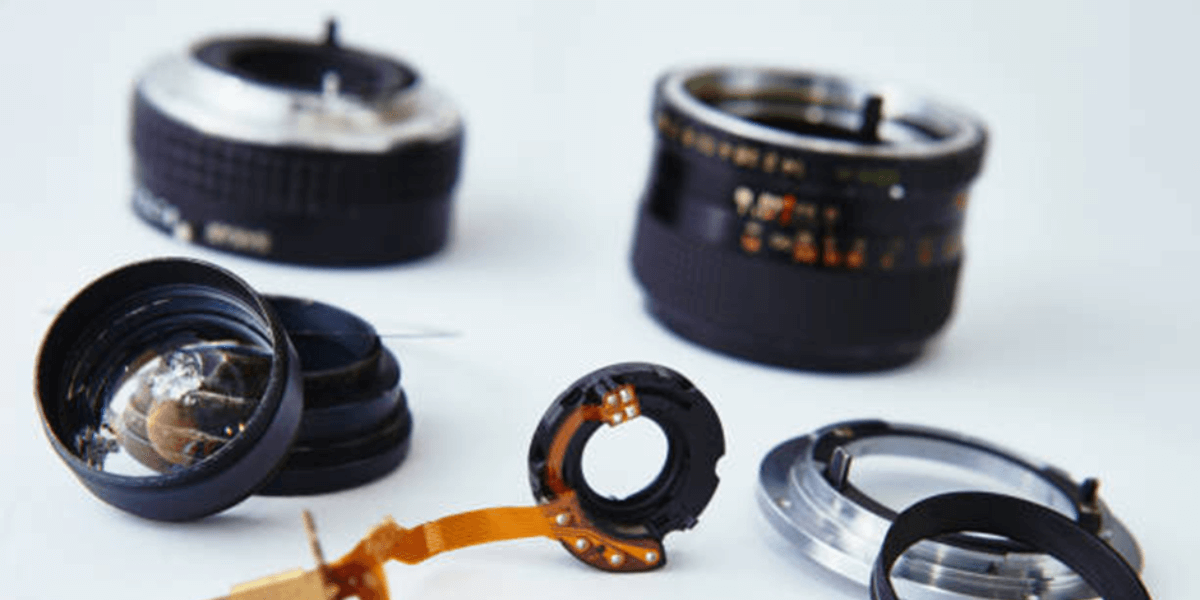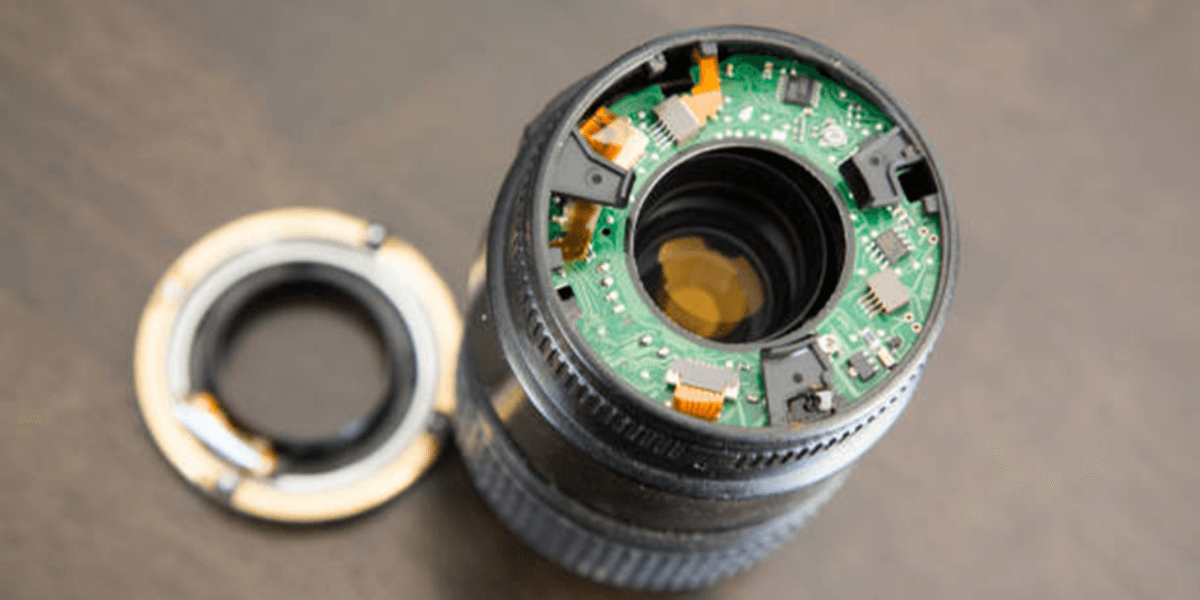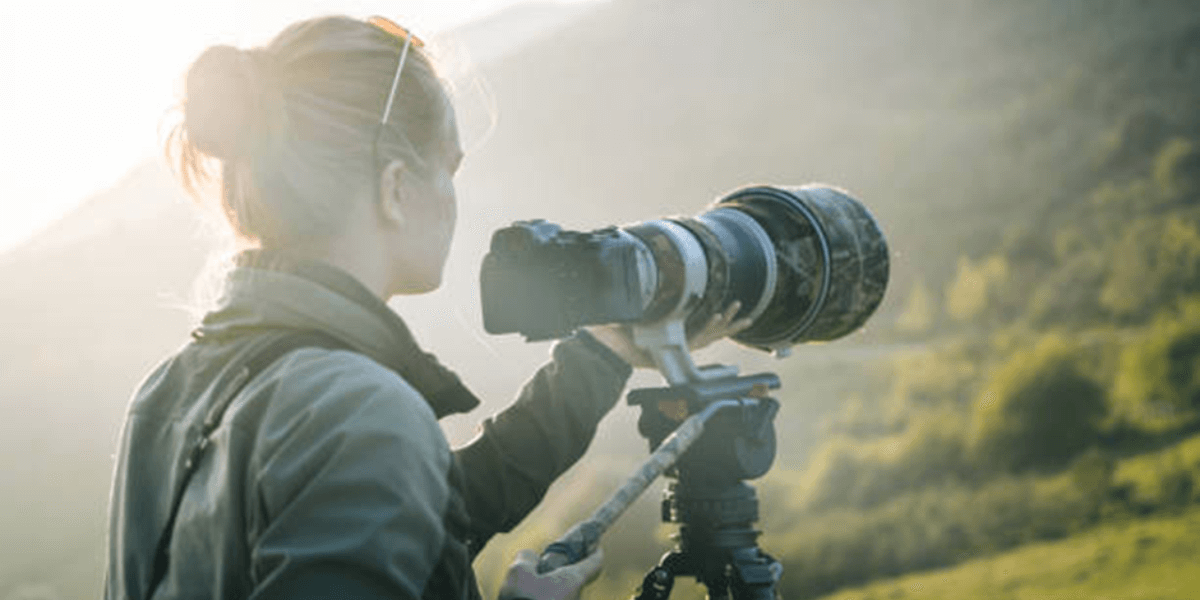Home > The Future of Camera Lenses: Innovations to Watch

The art of photography, which was formerly reliant on large tools and laborious procedures, has changed significantly because of technological breakthroughs. Camera lenses, the eyes through which the world of photography is experienced, are fundamental to this evolution. The future of camera lenses promises even more innovative developments as we move forward. In this blog, we will examine the future of photography lenses.
Using algorithms, computational photography produces improved photos beyond what can be achieved with conventional optical methods. Artificial intelligence (AI) has allowed lenses and cameras to produce beautiful images with less dependence on the physical characteristics of the lenses. The combination of AI and computational photography offers several benefits that have the potential to raise the standard and ease of shooting significantly.
Features like depth mapping, advanced post-processing, and automatic scene recognition make it easy for beginner photographers to produce images rivaling pros. Using artificial intelligence (AI), automatic scene detection determines the kind of scene being photographed, such as a landscape, portrait, or night scene, and then automatically modifies the camera settings to get the best possible picture. As a result, there is less uncertainty in photography, freeing up the user to concentrate more on composition and originality.
AI integration also offers the important benefit of advanced post-processing. Artificial intelligence (AI) algorithms can increase color accuracy, sharpness, and remove lens distortions after a picture is taken. This implies that clever software adjustments might greatly alter the final image, even in cases where a lens has specific optical imperfections. Moreover, artificial intelligence (AI) can replicate depth-of-field effects that were previously only possible with expensive lenses. By evaluating image data, AI can produce a bokeh effect, a lovely background blurring. This effect is particularly helpful for portrait photography.
AI-powered depth mapping also transforms photography by producing intricate depth maps of scenes. This makes it possible to apply different effects, like altering the depth of field or point of focus, post-capture with more precision. With their smaller sensors and lenses, smartphone cameras can obtain results that are on par with those of larger, more expensive cameras. This technology is very helpful for these types of cameras.

Adaptive lenses can potentially revolutionize the field of photography with their cutting-edge lens technology. These lenses offer previously unheard-of flexibility and precision since they can alter their focal length and shape at will. Technologies like electrically adjustable lenses and liquid lenses, which are a major change from conventional fixed-shape lenses, enable this adaptability.
These innovative camera lenses use electric fields to rapidly alter focus by changing shape. This technology allows photographers to swiftly switch between several focal lengths and focus points without changing lenses, increasing their versatility. One adaptive lens, for instance, can cover multiple focal lengths, from wide-angle to telephoto, proving it the perfect all-in-one option for a variety of photography applications
Liquid lenses modify the curvature of objects using liquids to achieve faster focus changes and greater durability. These lenses function by subjecting a liquid element inside the lens to an electric field, which modifies the element’s form and, consequently, its focal length. Applications like macro photography and medical imaging, which call for accurate focus and fast adjustments, benefit greatly from using liquid lenses. Because of their durability and flexibility, they are also appropriate for harsh conditions where traditional lenses may experience mechanical wear and tear.
These lenses’ versatility has the potential to completely change industries like macro photography, where exact focus is essential, and sports photography, where fast corrections are frequently required. The capacity to precisely control focus is crucial for taking detailed pictures of small subjects in macro photography. This degree of control is possible with adaptive lenses so that photographers can get crisp pictures of small subjects. With sports photography’s fast-paced and unpredictable nature, the ability to rapidly shift focus and zoom in or out might mean the difference between a missed opportunity and a flawless shot.
Significant improvements have been made to autofocus (AF) technology, increasing its speed, accuracy, and dependability. Innovations like dual-pixel autofocus, eye-tracking autofocus, and the incorporation of machine learning are primarily responsible for these advancements.
Dual-pixel autofocus uses phase detection to focus quickly and precisely, even in dimly lit areas. With this technique, each pixel on the image sensor is divided into two separate photodiodes that each take separate pictures of light. The necessary focus adjustment is determined by calculating the phase difference between the light collected by each photodiode. Dual-pixel focusing works especially well for taking crisp pictures in dimly lit environments, including inside or at night.
Eye-tracking autofocus is yet another innovation that uses AI to identify and fixate on subjects’ eyes, guaranteeing precise attention to faces. This is perfect for portraiture, as the subject’s eyes are usually the picture’s focus. Moving subjects can be tracked via eye-tracking autofocus, which keeps focus on them even as they move within the frame. Sports and wildlife photographers can also benefit from this technique, as their subjects are frequently in motion.
This increases autofocus efficiency by allowing cameras to adjust and learn from different shooting situations. Machine learning-capable cameras can recognize trends in previously taken images and modify their autofocus algorithms accordingly. This implies that the camera improves its ability to anticipate and react to various focus scenarios as time passes, leading to more dependable and consistent autofocus performance.
These improved autofocus systems lessen the likelihood of missed or blurry photos by assisting photographers in precisely capturing pivotal moments. Reliable focusing is crucial for professional photographers to take sharp pictures in hectic situations. Better autofocus technologies simplify non-professional photographers’ capture of sharp, well-focused shots, even without much technical expertise.

The requirement for durability and portability in various shooting situations is driving an increasing demand for advancements in lens design. Modern materials like magnesium alloys and carbon fiber provide strength without adding weight, making lenses easier to handle for extended shots.
Carbon fiber is a robust, lightweight material that is being utilized more often in camera lens manufacturing. Because of its strong tensile strength and lightweight, it is the perfect material for lens barrels and other components. Carbon fiber lenses are ideal for travel and outdoor photography since they are lighter and less tiring to use for extended periods of time.
They provide a harmony between weight and strength, making them another material breakthrough. Magnesium alloy lens barrels are lightweight and offer exceptional durability and impact resistance. This qualifies them for use in professional settings where equipment must survive rough treatment and demanding handling.
These are also growing more common, shielding lenses from harsh weather, moisture, and dust. Weather sealing is the process of incorporating gaskets and seals at strategic locations along the lens’s structure to stop impurities from entering. This increases the lifespan of lenses and guarantees dependable operation in difficult settings. Weather-sealed lenses are vital for photographers who frequently shoot outside or in inclement weather to preserve image quality and safeguard their investment.
Photographers who operate in difficult situations or travel frequently can benefit from lighter, more durable lenses that offer durability without compromising performance. Thanks to weather-sealed designs and modern materials, photographers don’t have to worry about their equipment’s durability and can concentrate on getting the ideal shot.
Camera lens trends are likewise changing; hybrid and multi-element lenses are becoming increasingly common. These lenses blend several glass and element kinds to correct diverse optical aberrations and improve image quality.
Some advantages of multi-element and hybrid lenses are compact designs, improved light transmission, and decreased chromatic aberration. When various light wavelengths are not concentrated in the same place, chromatic aberration, sometimes called color fringing, occurs, causing color distortions around the margins of objects. Hybrid lenses can address this problem by utilizing various glass types with varying refractive indices, resulting in crisper images and more accurate images.
It is yet another benefit of designs with multiple elements. These lenses can reduce glare and light loss by employing several elements with anti-reflective coatings, producing sharper images with greater contrast. This is especially crucial for low-light photography since the image quality can vary a lot depending on the amount of light that is collected.
Despite their complexity, compact designs are also achievable with hybrid and multi-element lenses. Thanks to developments in optical engineering, these lenses can be built with portability and user-friendliness in mind. This is essential for photographers who work in tight spaces or must carry many lenses.
Hybrid and multi-element lenses benefit high-resolution sensors greatly by guaranteeing proper rendering of the greater detail recorded. As camera sensor resolutions keep rising, the need for lenses capable of resolving this information without causing optical aberrations is growing. Hybrid and multi-element lenses can satisfy this need, offering the clarity and sharpness required for high-resolution images.

AR is becoming a part of camera lens technology and is not limited to games and entertainment. Using real-time overlays for horizon levels, composition guidelines, and other helpful information, augmented reality (AR) can help photographers become more proficient and produce better images with fewer mistakes.
They can show useful information like focus peaking to draw attention to in-focus regions, virtual horizon levels to guarantee straight shots, and grid lines for composition in the viewfinder or on the camera’s LCD screen. By offering guidance on picture composition and setting adjustments, these overlays help photographers produce images that seem professional.
It is a further use of AR in photography. Using augmented reality (AR), photographers may test the effects of various lenses before spending money or setting up a shoot. Photographers may see how changing focal lengths, apertures, and other settings will alter the final image by superimposing virtual lens effects on the live view. This facilitates the process of selecting and configuring lenses with knowledge.
AR technology can access Interactive tutorials and guides straight through the viewfinder. Overlaid on the scene they are photographing, beginner photographers can find detailed advice on camera settings, composition strategies, and other photography-related topics. This experiential learning strategy can shorten the learning curve and raise the caliber of their output.
By integrating AR, photographers can become more proficient and produce better images with less trial and error. AR can improve the intuitiveness and engagement of photography’s learning and mastering process by offering interactive instruction and real-time feedback.
New customizable lens systems let photographers customize their gear to fit their demands. Thanks to features like modular designs with interchangeable parts, aperture, focal length, and other parameters can be customized.
Allow photographers to create lenses that are customized according to their own needs. A modular lens system, for instance, could have various optical components that are interchangeable to alter the aperture or focal length. Because of its versatility, a single-lens body can fulfill several functions, negating the need to carry several lenses.
These offer more personalization. Lenses can be programmed for shooting situations, such as people moving quickly or dim lighting. This could involve defining picture stabilization options, modifying aperture settings, or pre-setting focus points. Time can be saved, and the lens will always be suited for the current shooting conditions if these settings are easily accessible.

As we explore the future of camera lenses, technological advancements are revolutionizing photography. AI integration, adaptive lenses, better autofocus systems, innovative materials, hybrid lenses, AR applications, and customizable systems pave the way for unprecedented creative possibilities. These innovations promise to improve image quality and ease of use and make professional-level photography accessible to enthusiasts of all skill levels. As these technologies continue to evolve, photographers can look forward to a promising future where capturing stunning, high-quality images becomes more intuitive and effortless than ever before. Looking for camera lenses in Pakistan? Well, look no further than Golden Camera. We are the best camera shop in Pakistan, dealing with various camera lenses.
Monday – Saturday:
11:30 AM – 9pm
Copyright © 2025. All Rights Reserved.
Website Powered By DABBS Solutions Pvt. Ltd.
Social Chat is free, download and try it now here!